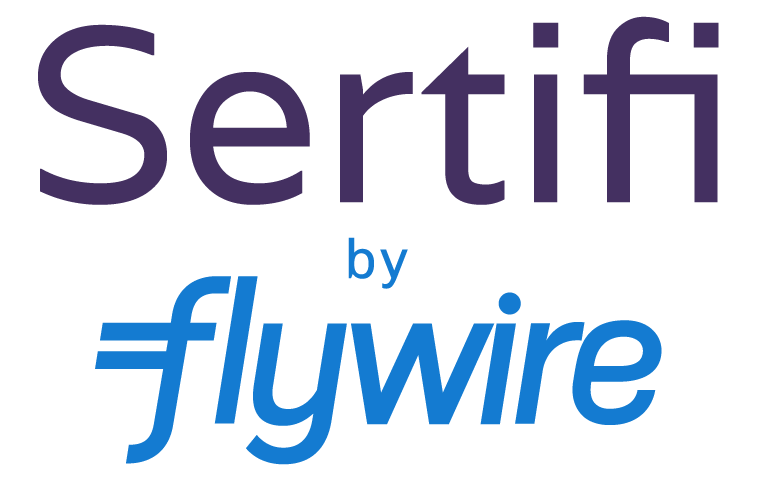Tips to Make Evaluating Technology Less Overwhelming
Heading into Q4, many businesses are starting to figure out what’s ahead for 2025 – and oftentimes, a new piece of technology is required to achieve those outcomes in a responsible, manageable manner. To help your decision making so you can maximize your investments, we’ve rounded up our top criteria to keep in mind to make the evaluation process easier.
What should you think about before getting started?
Business Goals
Clear, agreed upon goals are your blueprint for everything that’s to come. Talk to your staff about what's roadblocking better outcomes and the tools they need to be successful.
Budget
Always go into the evaluation process with some idea of what you’re willing to spend. Good vendors will understand sometimes budgets are firm and be transparent about whether they can meet your budget or not.
Timeline
Knowing how quickly you need to move will ensure you source a vendor who can meet your needed pace. Conversely, set expectations how long you think internal approval will take.
Requirements
Solutions will offer all kinds of features and functionality, and you won’t figure it all out until you start talking to vendors. Still, decide on your minimal criteria to help you immediately rule out options. For example, in a more fraud-prone world, PCI compliance and AVS verification are table stakes nowadays, so you may want a vendor who invests more deeply in security and fraud prevention. You also probably already have a lot of systems in place new technology should fit into, not disrupt.
Stakeholders
Agree early who needs to weigh in on a purchase, including end users, your IT and security teams, your finance team, and the final decisionmaker.
What are the most important evaluation factors to consider?
Guest Experience Impact
For any business but even more so in hospitality, the customer is king. Technology should always enhance your customers’ experience by making it easier, more secure, more personalized, etc.
Staff Experience Impact
Technology should feel like a natural extension of your staff, enhancing the unique skills and qualities that only humans can bring. And the more empowered and at ease staff are, the better they can take care of customers. Also consider typical onboarding time.
Market Penetration & Customer Advocacy
Consider the history of an organization, the number of customers they serve, how long they’ve been serving the market, the business partnerships they’ve developed, etc. Don’t be afraid to ask for customer case studies and ROI data – though great vendors make that information readily available to you without you having to ask.
Total Cost of Ownership
Evaluate the total cost and how each solution will impact profitability through improved guest satisfaction, increased operational efficiency, or cost savings.
Integrations
As mentioned, oftentimes businesses have long-time systems and processes in place they want to enhance, not disrupt. Inquire about existing integrations and which are on the roadmap – and pressure-test if the integrations are as seamless as touted by asking for a demo and customer references.
Data Security and Compliance
Most importantly, as a business handling payment information, make sure vendors are PCI compliant. Depending on your location, make sure they’re GDRP or CCPA compliant. Beyond compliance, get the details of how they’re protecting information, e.g., via data encryption and tokenization, as well as methods they can offer to help you guard against fraud and chargebacks.
Sustainability Impact
Solutions that minimize paper usage, waste, and carbon footprint are becoming increasingly important as guests value eco-friendly practices.
What are ways to make the vetting process easier?
Network, Network, Network
Reserve time and budget to attend industry conferences and meetups to get facetime with vendors. Ask friends what solutions they love and ask employees if there are any previously used solutions they’d like to bring on. Keep a pulse on vendor activity by following trade publications like Hospitality Net and Hospitality Upgrade.
Share Use Cases
Help vendors help you by level setting how your staff operates. That helps them tailor demos and communications to your needs, making it easier for you to identify the pros and cons. They can also help you uncover improvements you haven't considered yet.
Create a Scorecard
List your requirements, list uses cases, and reserve a place for notes so stakeholders can keep a clear record of what they like and don’t like about a solution. You can even score vendors on a scale to quantify results.
We know exploring technology options can be a daunting task, but with the right planning and communication – paired with a supportive, hands-on vendor – you can get through the evaluation phase quickly and off to the fun part: implementation and results. We hope these tips give you a clearer path forward for your 2025 planning.
RECOMMENDED BLOG POST
Top Tips to Get What You Need Out of Your Hotel Budget Season
During budget season, it can be tricky to advocate for new resources, whether that means increased headcount, a larger budget, or new tools for your team. In this post, Sertifi's VP of regional sales, Theresa Ellsworth, shares some personal tips to help you have a successful budgeting conversation, so you can get new technology solutions through the finish line.

